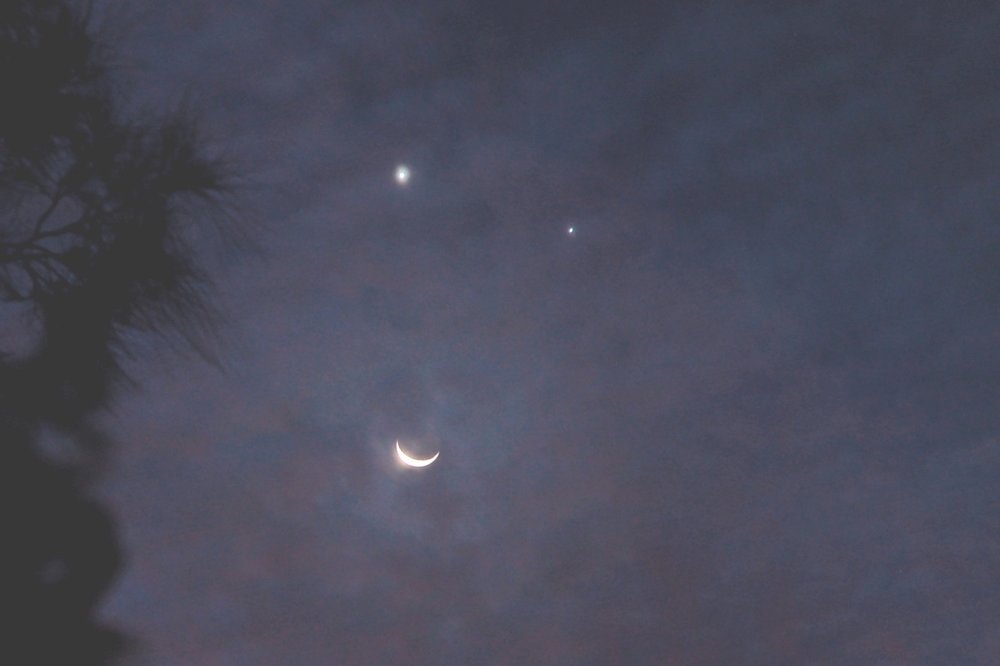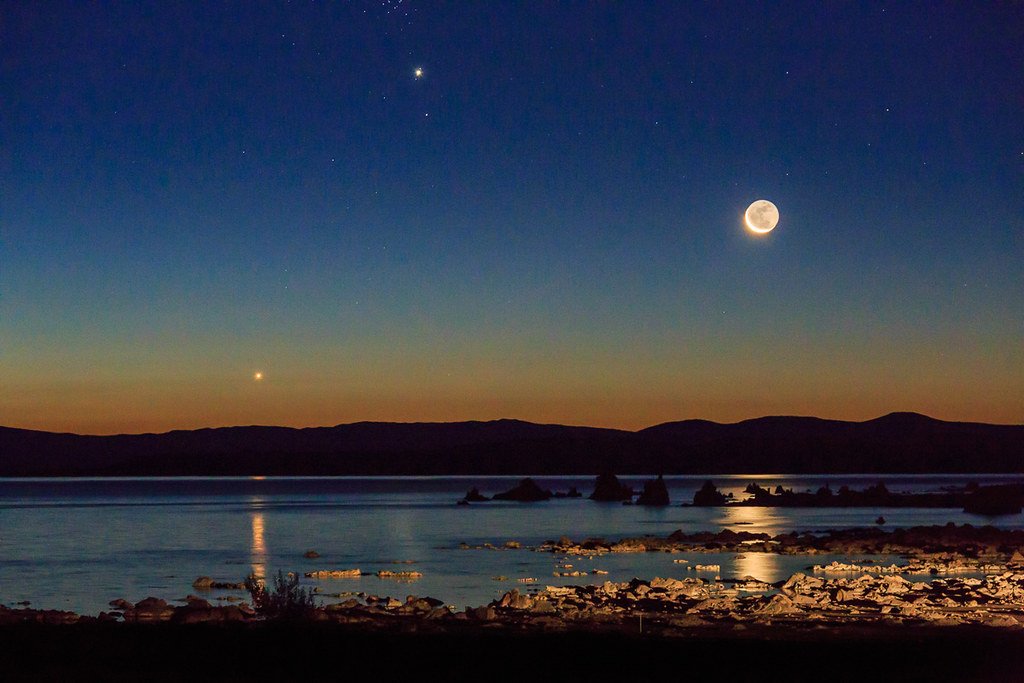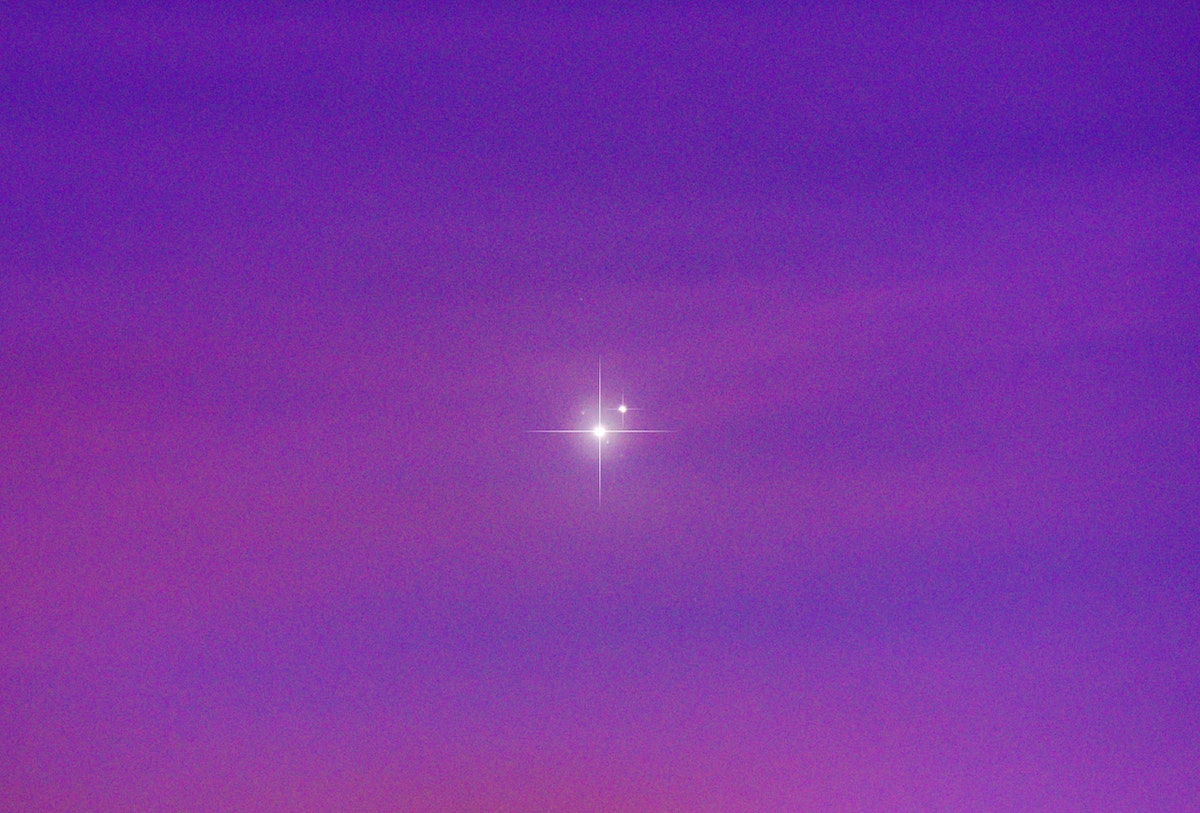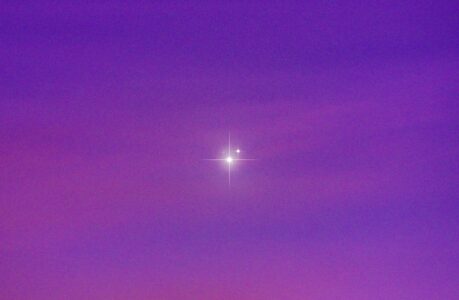Have you ever looked up at the night sky and noticed two or more celestial objects appearing close together in the sky? This celestial event is called an astronomical conjunction. Conjunctions occur when two or more celestial objects align in their orbits and are seen at the same time in the night sky. This phenomenon is a celestial dance that is not only beautiful to watch but also helps astronomers understand the movements of celestial objects and their relationship with each other.

In astronomical terms, a conjunction is defined as the apparent alignment of two or more celestial objects as seen from Earth. This event occurs when two celestial objects are either in the same line of sight or in close proximity to each other in the sky. There are two types of conjunctions – an inferior conjunction and a superior conjunction. Inferior conjunctions occur when a celestial object, such as Mercury or Venus, is between the Earth and the Sun, while superior conjunctions occur when a celestial object, such as Jupiter or Saturn, is on the opposite side of the Sun from Earth.
One of the most famous conjunctions is the planetary conjunction, which occurs when two or more planets align in the sky. This is a rare event that can be observed with the naked eye. In the past, planetary conjunctions have been used to predict important events and were considered omens by many cultures. For example, the triple conjunction of Jupiter and Saturn in the year 7 BC is believed to have led the Magi to the birthplace of Jesus Christ.

Another type of conjunction is the lunar conjunction, which occurs when the Moon passes in front of a celestial object such as a planet or a star. This event is also called an occultation and can only be observed from specific locations on Earth. Lunar conjunctions are interesting to watch as they give us a chance to see the Moon in front of a brighter object and also help astronomers study the Moon’s size and shape.
The celestial dance of astronomical conjunctions is not only a beautiful spectacle to watch but also holds important scientific value. Conjunctions help astronomers understand the movements of celestial objects and their relationship with each other. It also provides us with a glimpse into the grand cosmic dance that takes place in our sky.
In conclusion, astronomical conjunctions are a celestial dance that occurs when two or more celestial objects align in the sky. Whether it is a planetary conjunction or a lunar conjunction, this event is a beautiful spectacle that holds important scientific value. So next time you look up at the night sky, keep an eye out for any celestial objects that may be dancing together in a conjunction.

